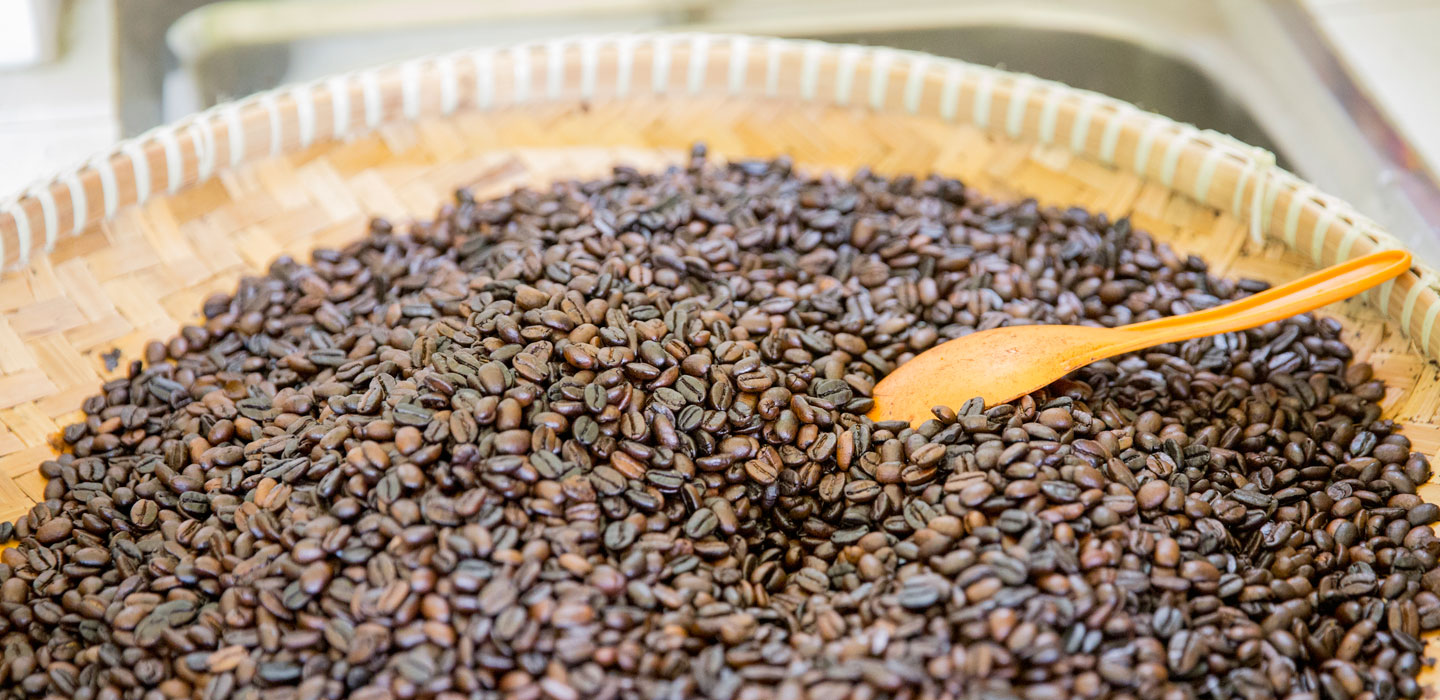Études et dossier
Études et dossiers

Études et dossiers
Menu Affichage
Search Results Filters
Résultats de recherche
Prix des produits alimentaires. Les petits agriculteurs peuvent contribuer à résoudre les problèmes
La volatilité des cours constatée dernièrement sur les marchés internationaux fait peser une menace sur la sécurité alimentaire mondiale. Pour les deux milliards de personnes qui vivent et travaillent sur de petites exploitations dans les pays en développement, l’existence est devenue plus précaire.
Cependant, des investissements, des politiques et des programmes de développement adaptés offrent une immense possibilité aux petits agriculteurs qui souhaitent accroître leur production vivrière et améliorer ainsi leurs conditions de vie tout en contribuant à assurer la sécurité alimentaire pour tous.
Land grab or development opportunity? Agricultural investment and international land deals in Africa
media reports across the world. Lands that only a short time ago seemed of little outside interest are now being sought by international investors to the tune of
hundreds of thousands of hectares. And while a failed attempt to lease 1.3 million ha in Madagascar has attracted much media attention, deals
reported in the international press constitute the tip of the iceberg. This is rightly a hot issue because land is so central to identity, livelihoods and food security.
IFAD and the League of Arab States
Poverty poses a constant threat to economic growth, trade reform, private sector development, knowledge, governance and gender equality.
Poverty among the 22 members of the League of Arab States (LAS) is primarily a rural phenomenon. A quarter of the region’s population, or about 80 million people, live below national poverty lines. Between 60 and 70 percent of these poor people live in rural areas.
One of the most pressing challenges in the region is the high rate of unemployment, particularly among young people. Official unemployment rates average 13 per cent, and in some countries the jobless rate among young people is twice as high.
IFAD in the MERCOSUR area
Working to enable poor rural people to overcome poverty, IFAD operates in the MERCOSUR countries at two levels:
• at the subregional level, within the institutional framework of MERCOSUR, it promotes a platform for dialogue between governments and smallholder farmers’ associations, with the aim of increasing public investment in family farming
• at the national level, it provides funding and technical assistance to governments for the implementation of rural development programmes and projects that translate into action the agreements reached at subregional level.
Custodians of culture and biodiversity: Indigenous peoples take charge of their challenges and opportunities
D’une agriculture de subsistance à la rentabilité: les avantages des puits agricoles à Sri Lanka
L’agriculture est devenue une activité rentable pour les petits agriculteurs vivant dans les régions arides du Sri Lanka depuis que des puits agricoles de grande dimension et bien construits ont été aménagés.
Le Projet régional de promotion économique (REAP), mis en oeuvre dans le district de Matale de 1999 à 2007, en est un exemple. Le projet a été financé en grande partie par un prêt du FIDA, d’un montant de 11,7 millions d’USD, au Gouvernement sri lankais. Assorti d’une enveloppe budgétaire de 14,5 millions d’USD au total, environ 30 000 ménages en ont bénéficié.
L’une des activités majeures de la sous-composante du projet consacrée à la conservation des sols et à la gestion de l’eau concernait la fourniture d’une assistance technique aux agriculteurs défavorisés pour les aider à construire des puits agricoles destinés à l’irrigation. Cette activité a démarré en 2001.
Sending Money Home - Worldwide Remittance Flows to Developing and Transition Countries
Irriguer pour mieux cultiver : la réussite du Haut Bassin du Mandrare. L’expérience de 12 années d’intervention du PHBM (1996-2008)
Le potentiel irrigable du Haut Bassin du Mandrare est connu depuis très longtemps.
La zone du Haut Bassin du Mandrare divisée en six sous-bassins versants qui alimentent le Mandrare bénéficie d’une bonne pluviométrie (normalement comprise entre 800 et 1100 mm) par rapport aux autres zones de l’extrême Sud de Madagascar.
Les sols des vallées sont fertiles et se prêtent à la riziculture irriguée, activité agricole pratiquée par 60 % des habitants de la zone.
IFAD in the Near East and North Africa region
IFAD’s work in the region is guided by the organization’s Strategic Framework, its four thematic priorities for the region and by individual country strategic opportunities papers (COSOPs), reflecting governments’ own priorities in rural development and prepared in consultation with governments, donors and other partners.